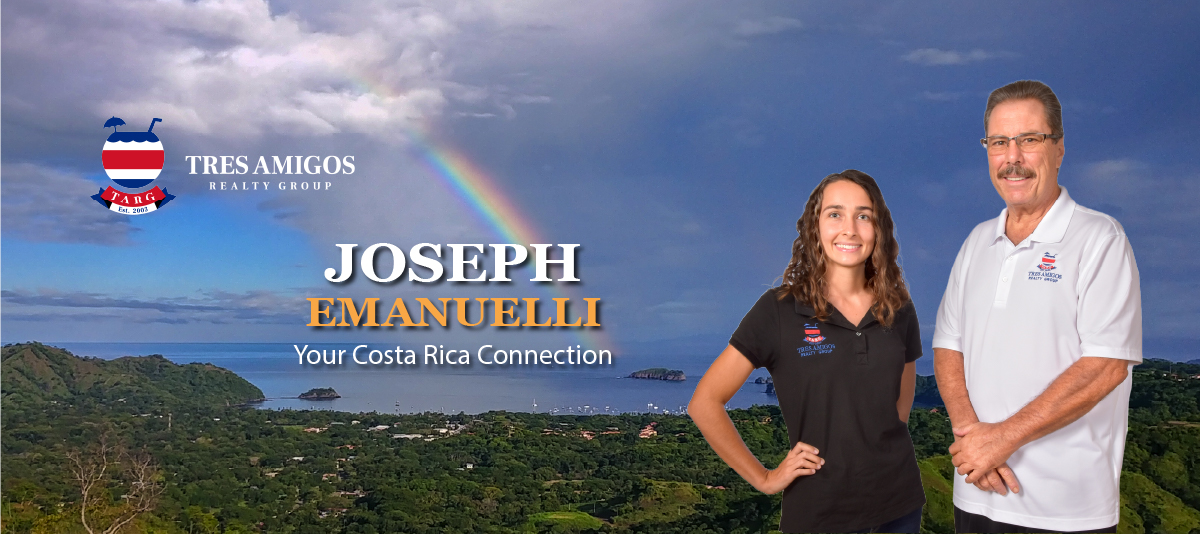We all love the deliciously ripe, sweet mangoes, pineapples, papayas and bananas that we eat daily in Costa Rica. Have you noticed how much better fruit tastes here? It is because we are eating fruits picked at the peak of ripeness, not picked green for exportation.
But maybe there are a few fruits that you have seen in the markets or on menus that are unfamiliar to you. Should you try them? Mostly definitely! Let me introduce you to 4 of my favorite Costa Rican fruits: Cas, guanabana, guaba, and mamon chino.
Cas is a sour guava. It is a small, round fruit about the size of a golf ball and is yellow when ripe. To make a drink with it, wash the outside, remove the stem area, cut it in half and remove any little white worms but not the seeds. Blend with water and strain out the pulp. Add sugar to taste. Fresco de cas is a refreshingly tart drink rich in antioxidants and Vitamin C.
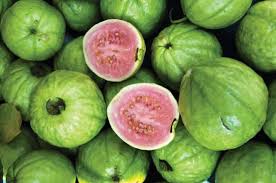 .
. 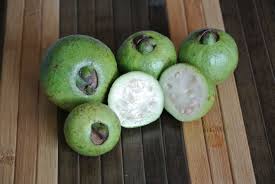
Guanabana (soursop) is by far one of the ugliest fruits you will ever see. It is the size of a football (or sometimes bigger), brownish-green in color with brown prickles all over. But don’t be put off by its exterior! Inside is the juiciest, sweetest white flesh. Don’t bother with utensils to process this fruit—tear it open and peel the skin off with your bare hands, and dig the shiny black seeds out with your fingers. It’s absolutely therapeutic—and very messy! You can eat it raw or blend it with water and sugar to make a drink. Dr. Axe says the guanabana has “super healing properties as a high-oxidant food,…may help reduce eye disease…and could potentially kill pancreatic cancer cells.”
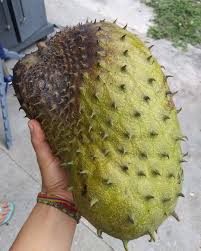 .
. 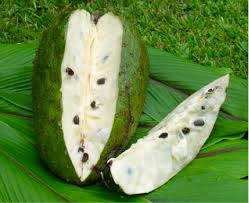
Guaba (not guava) is actually a legume and not a fruit, but it is the sweetest bean you will ever eat. It is a long green pod that grows on a tree that you can pry open with your hands. Inside you will discover a row of seeds (beans) nestled in a bed of white cotton—nature’s own cotton candy! Pull that white fluff out and savor it—but spit out the seeds. Because of its slight vanilla flavor, guaba is call the “ice cream bean.” The indigenous people say the guaba has anti-inflammatory, antiseptic and other healing properties. It is mostly just fun.
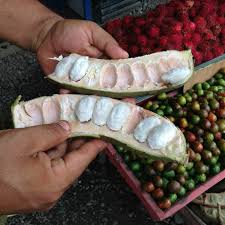
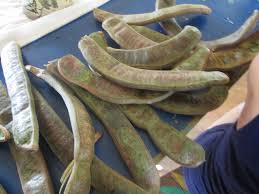
And finally, I introduce to you the mamon chino (rambutan). This hairy, bright red fruit is native to Southeast Asia and related to the lychee. Though it looks like a sea urchin, its spikes are not sharp at all. Just slice the shell with a knife—or pry it open with your fingers—and you will find a tasty little white grape inside. Pop it in your mouth and chew or suck on it until you are down to the seed, which you spit aside. They are very addictive! I don’t know if it is the punk-rock exterior or that sweet interior, but you cannot eat just one. Buy them by the kilo, eat the whole bag, and you will have met your Vitamin C requirement for a couple of days—plus a little copper, which is good for your hair, interestingly enough.
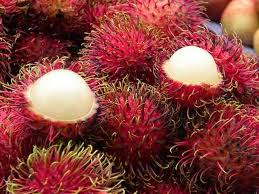 .
. 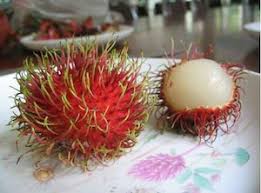
So, the next time you are in the farmer’s market, don’t be afraid to try one of these unfamiliar Costa Rican fruits. Ask the person selling the produce how you peel, eat and process it in order to avoid the mishaps that come with experimentation. More often than not, they will give you a sample to try. Enjoy, and good health to you!
Like the article? Please share!
If you want to keep up with what is happening in Costa Rica sign up for my monthly email. I never spam and will never pass on your email to any other party.

